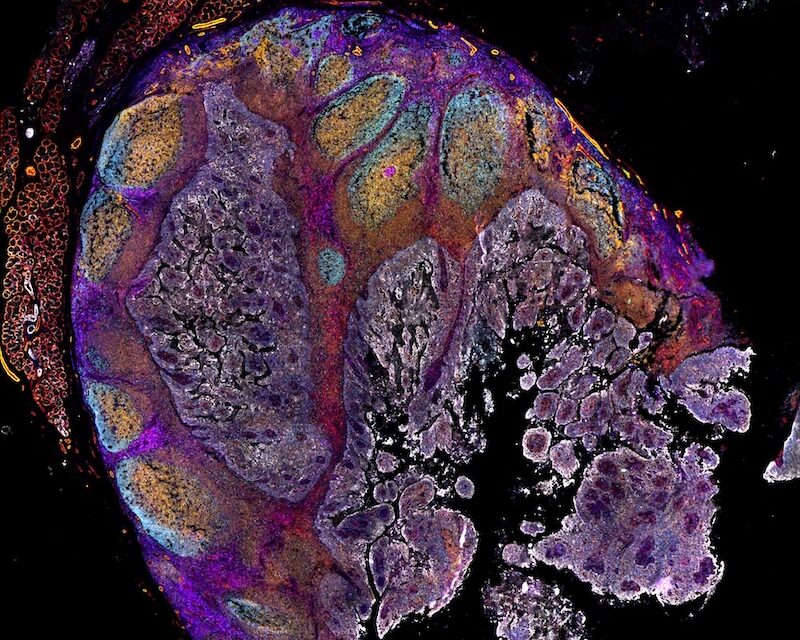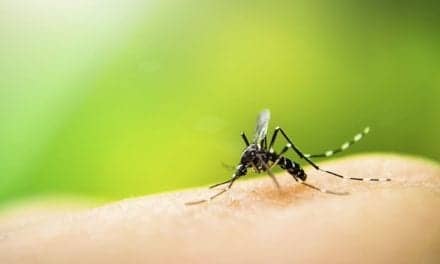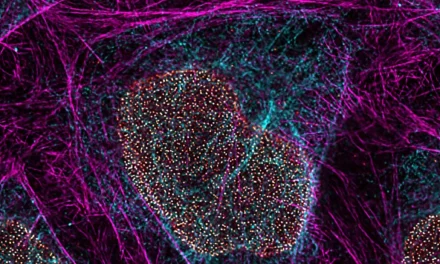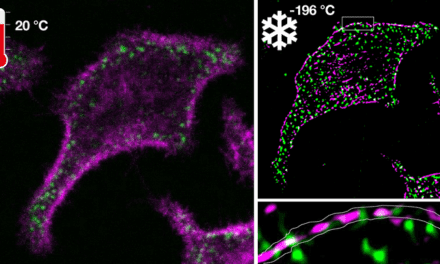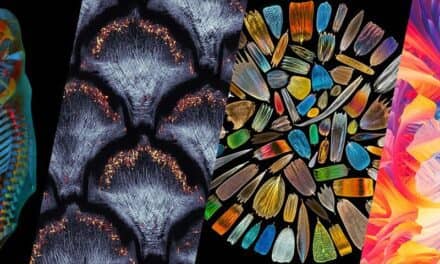Summary:
Thermo Fisher Scientific has launched the Invitrogen EVOS S1000 Spatial Imaging System, an advanced microscopy tool that enables high-quality multiplex imaging of multiple samples in hours, facilitating spatial tissue proteomics research.
Key Takeaways:
- Preserves Tissue Integrity – Captures up to nine targets simultaneously, reducing imaging rounds and maintaining sample integrity.
- Broad Compatibility – Supports a wide range of reagents and antibodies, offering flexibility for diverse research needs.
- Commercial Availability – Now available in the U.S. and Europe to advance biological research and disease treatment development.
Thermo Fisher Scientific Inc., a world provider serving science, has introduced the Invitrogen EVOS S1000 Spatial Imaging System. This advanced system addresses the limitations of current fluorescent microscopy technologies by enabling researchers to generate a multiplexed high-quality image for multiple samples within several hours, thereby lowering the barrier to entry into spatial tissue proteomics.
Spatial Imaging Preserves Tissue Integrity
The EVOS S1000, from Thermo Fisher Scientific’s innovative line of cell imaging microscopes and systems, leverages advanced and patented spectral technology, allowing researchers to capture images of up to nine different targets simultaneously, which helps reduce the need for multiple rounds of imaging and preserves tissue integrity.
“Understanding tissue structure and function is crucial for developing new treatments for solid tumors and neurodegenerative diseases,” says Trisha Dowling, vice president and general manager for flow and imaging technologies at Thermo Fisher Scientific. “The EVOS S1000 delivers a detailed snapshot of tissue micro-environments and architecture in their native state, helping researchers accelerate their experiments, achieve more with their tissue samples and drive advancements in critical research areas.”
Compatible with a Wide Range of Reagents and Antibodies
The system’s compatibility with a wide range of reagents and antibodies enables seamless integration into existing laboratory setups, helping meet the growing demand for multiplex imaging.
“Our lab handles everything from project design and sample preparation to imaging, and it’s critical that we deliver high-quality results to our customers, while also working to support our own research projects,” said Carolina Oses Sepúlveda, researcher and lab manager for spatial proteomics at SciLifeLab Stockholm. “With the new EVOS S1000, we can select and utilize any antibody or reagent – allowing us more flexibility to choose the tools that best fit our research needs – or even work without antibodies, all of which reduces sample processing time.”
Spatial Imaging System Available Commercially
Now commercially available in the United States and Europe, the EVOS S1000 Spatial Imaging System provides researchers with the tools they need to help advance the understanding of complex biological systems and develop new treatments for various diseases.
For research use only. Not for use in diagnostic procedures.
Featured Image: Stained tonsil tissue captured using the EVOS S1000 Spatial Imaging System. Photo: Business Wire

